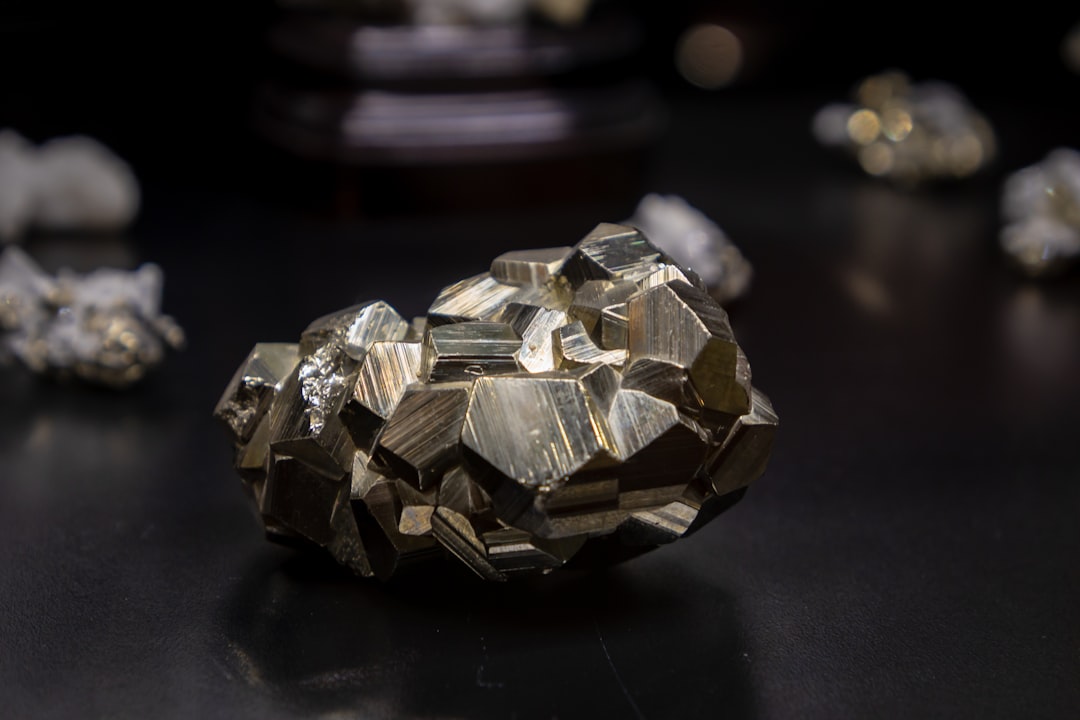What is it about?
The notable feature of cadmium tungstate (CWO) is quite long (~14.5 microseconds) decay time of its brightest scintillation component. In this paper, the technique and results of high dynamic range measurements of CWO afterglow are discussed. Samples were irradiated by bremsstrahlung of a 0.5 MeV, 6 microseconds electron beam. The afterglow tail of the scintillation curve was measured down to the relative amplitude <1E−5. At such intensities, a parasitic fluorescence of a photomultiplier essentially contributes to the total signal. The CWO light emission dynamics is determined by known scintillation components to at least 1E−5 level. Constraints on the existence of a possible slower fluorescence component are discussed.
Featured Image
Why is it important?
One of the weak points of CWO is long enough decay time of its brightest scintillation component. In spectrometric applications, it limits the practical count rate due to partial overlapping of neighbor pulses. Modern nuclear spectrometers with built-in digital signal processors can operate at higher count rates if shapes of scintillation curves from different particle types are known for a particular crystal. However, even in this case a detector performance is limited by linearity of its analog part. At high loads, a primary optical sensor and/or input analog circuits could became saturated due to a large afterglow level accumulated from a long-living fluorescence tails from many pulses. The same problem may be important even for X-ray imaging applications in medicine, industrial technologies or security.
Read the Original
This page is a summary of: High dynamic range measurement of CdWO4 afterglow, Nuclear Instruments and Methods in Physics Research Section A Accelerators Spectrometers Detectors and Associated Equipment, April 2019, Elsevier,
DOI: 10.1016/j.nima.2019.01.090.
You can read the full text:
Contributors
The following have contributed to this page










